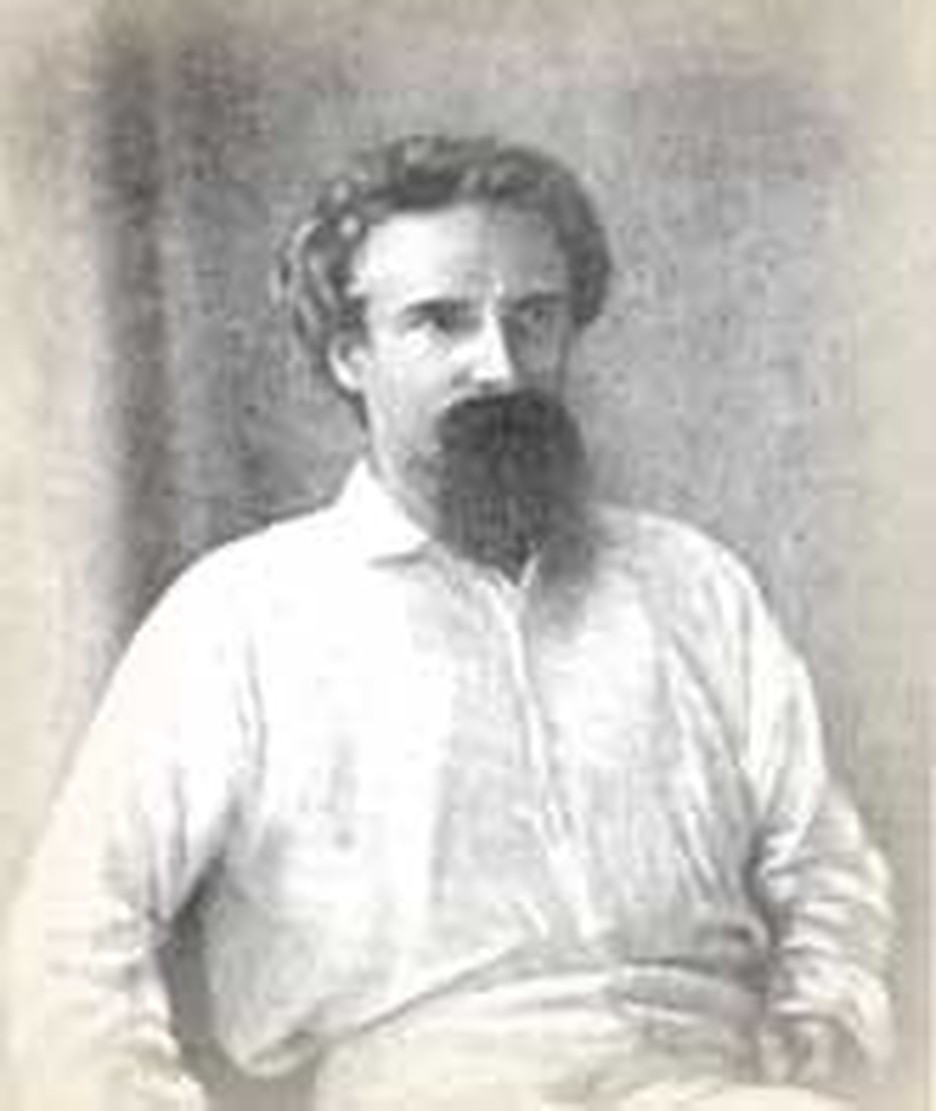
In 1900, after the death of his second wife, James Chalmers was urged to return from Papua to England for a rest. "I cannot rest and so many thousands of savages without a knowledge of Christ near us," he replied. On April 4, 1901, the veteran missionary sailed to Goaribari Island in a steam launch. With him was a newcomer, Oliver Tompkins. The two British men and native evangelists who accompanied them were never seen alive by their fellow workers again.
Chalmers first vowed to become a missionary in 1856 when he was fifteen. This was a boyish impulse after hearing his pastor read a letter from Fiji. At the time, although a bold lad, Chalmers had not given his heart to God. He was the kind of boy who is more comfortable with action than books. To save a friend from drowning or risk his life in a makeshift boat were fun. He became the ringleader of a group of rowdies, and was in the thick of every fight with neighboring villages. Chalmers' gang determined to break up an evangelistic meeting. A friend pleaded with him to attend the meeting in a right spirit instead, and Chalmers did. He became convinced that he needed to follow Christ. Once he made that decision, the eighteen-year old immediately started preaching to others.
He remembered his vow to become a missionary and strove to obtain the education he needed. Somehow he muddled through his courses, but fellow students remembered him better for terrifying them with pranks than for feats of scholarship. Once he frightened everyone by appearing in the dining hall dressed in a bear skin!
Eventually Chalmers made it to the South Seas with his wife Jane. On their way to Rarotonga, they were shipwrecked and completed the journey aboard a pirate vessel. Bully Hayes was so impressed with Chalmers, he allowed him to hold religious services and even told his men to attend! The islanders could not pronounce his name and called him Tamate. Tamate would prove bold to the point of audacity wherever he went--and stubborn, too.
After his transfer to Papua, Chalmers needed all the boldness he could muster. Conditions were horrifying. Cruelty, continual warfare, and cannibalism were the norm. Chalmers ducked death time after time as he took the gospel along the steamy coasts of the large island, he literally plucked clubs and swords out of enemy hands to save his life and the lives in his party. In one region, he so influenced the natives that peace prevailed and cannibalism ceased within five years of his coming.
Author Robert Louis Stevenson (Treasure Island) spent several weeks aboard ship with Chalmers. "He took me fairly by storm for the most attractive, simple, brave and interesting man in the whole Pacific," he wrote. Had he known the missionary earlier, it would have redirected his own life, he thought. Later he wrote in a letter, "I hope I shall meet Tamate once more before he disappears up the Fly River, perhaps to be one of 'the unreturning brave.'"
Chalmers was one of the unreturning brave. On this day, April 8, 1901, Tamate, Tompkins and several native evangelists were surrounded by armed savages. Promised a banquet, the men (who always traveled unarmed) were clubbed from behind and killed. Their bodies were cooked with sago and served as the main course of the promised feast.
Bibliography:
- Chalmers, James. Pioneering in New Guinea, 1877-1894. New York, Revell, 1895.
- "Chalmers, James." The Oxford Dictionary of the Christian Church. Edited by F. L. Cross and E. A. Livingstone. Oxford, 1997.
- Harrison, Eugene Myers. "James Chalmers 1841 - 1901; The Greatheart of New Guinea." Giants of the Missionary Trail. http://www.wholesomewords.org/missions/giants/biochalmers.html
- Langmore, Diane. Tamate, a king : James Chalmers in New Guinea, 1877-1901. Carleton, Victoria: Melbourne University Press, 1974.
- Lovett, Richard. James Chalmers ; his autobiography and letters. New York: Fleming H. Revell Company, 1903.
- Various articles in mission encyclopedias and on the internet.
Last updated May, 2007.








